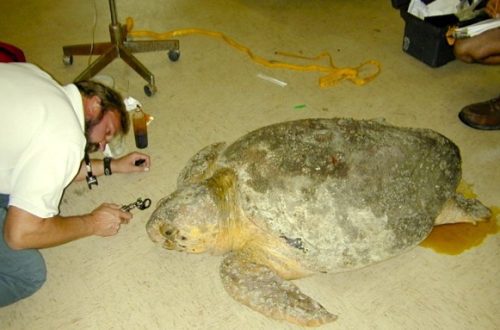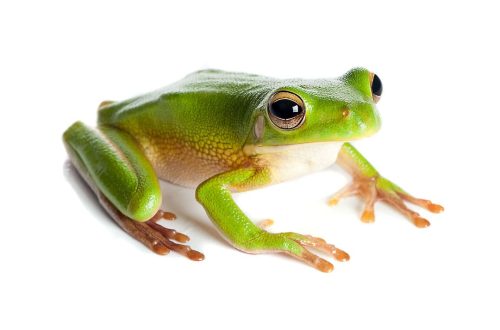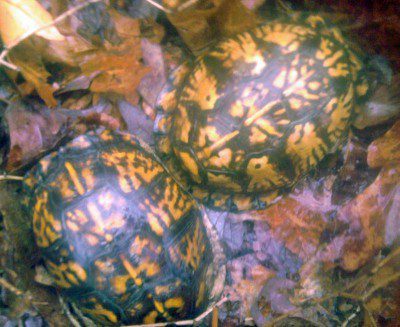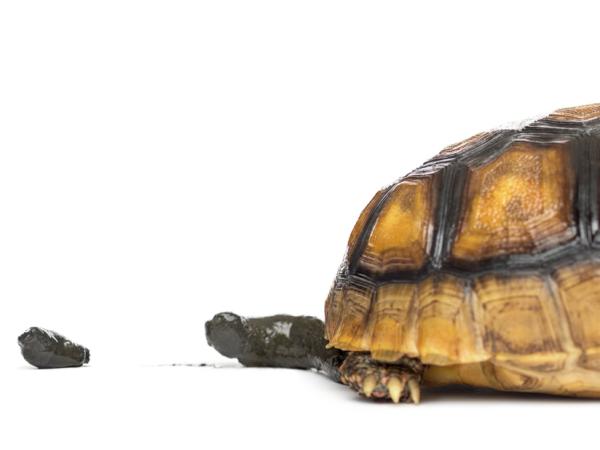
tai kuya jeung nguji

How to get tested for worms or protozoa (amoebae)
Some types of worms are clearly visible to the naked eye, some will have to be looked at under a microscope. If you are not sure that your turtle has worms (roundworms, oxyurids or other helminths), or maybe protozoa (amebas, etc.), it is better to take tests to a veterinary clinic. In order for fecal analysis to be carried out effectively, it is necessary to properly collect feces and deliver it to a veterinary facility.
To collect feces, prepare a small, cleanly washed glass jar with a tight-fitting or screw-on lid. A label must be glued to the jar with the name of the owner legibly written, address, name and type of animal, indicate gender, age (if known), put the month, the date of collection of feces. If there are several turtles in the terrarium, it is better to seat them first.
For laboratory research, it is better to collect feces in the morning. Collected feces should be immediately delivered to the veterinary laboratory by the owner. If the shipment is to be the next day, then the jar of feces should be placed in a dark, cold place.
This urine is stagnant because it has pronounced salts. Normally, this component should be lighter and have a liquid-thick consistency. Salts are visible only in steppe tortoises. In tropical species, they should not be visible, as in aquatic ones.
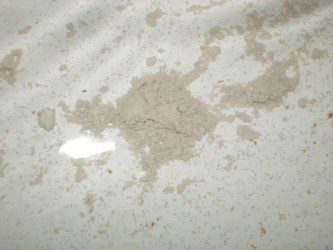
After passing the tests in the veterinary laboratory, the owner of the turtle receives the following certificates, which will be useful for participation in the exhibition or when transporting the turtle at the airport, by train or when participating in the exhibition:
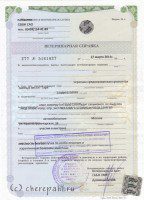
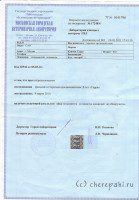
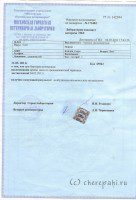
Taking feces from turtles is well shown in the following video:
http://www.youtube.com/watch?v=PPMF0UyxNHY
Artikel Kaséhatan Penyu séjén
© 2005 — 2022 Turtles.ru


